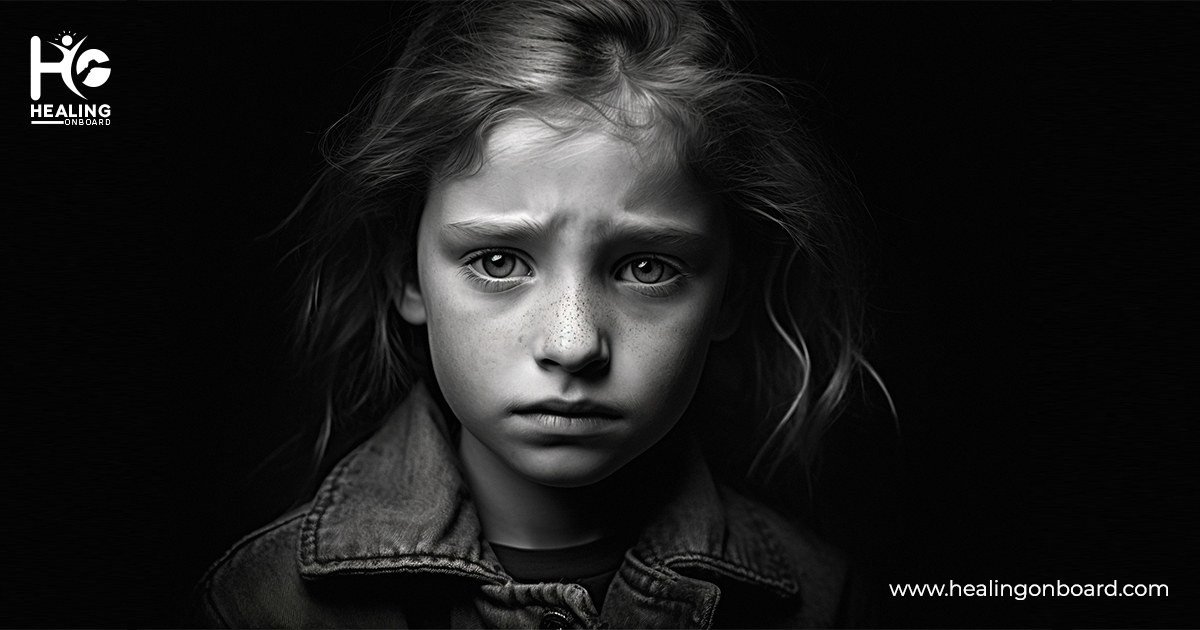Common Triggers for Inner Child Wounds are crucial to understand for an individual in the pursuit of healing and the cultivation of emotional well-being.
An inner child is part of a person who retains feelings, experiences, and memories collected during childhood. Trauma or unmet needs during these formative years create deep emotional wounds that echo into adult life.
They can pop up in a million different ways and generally are linked with certain situations or events.
Inner child wounds will be something most people have had to contend with, so, in this blog post, we will address some common triggers for inner child wounds, their impact on adult life, and some steps toward healing.
What Are Inner Child Wounds?
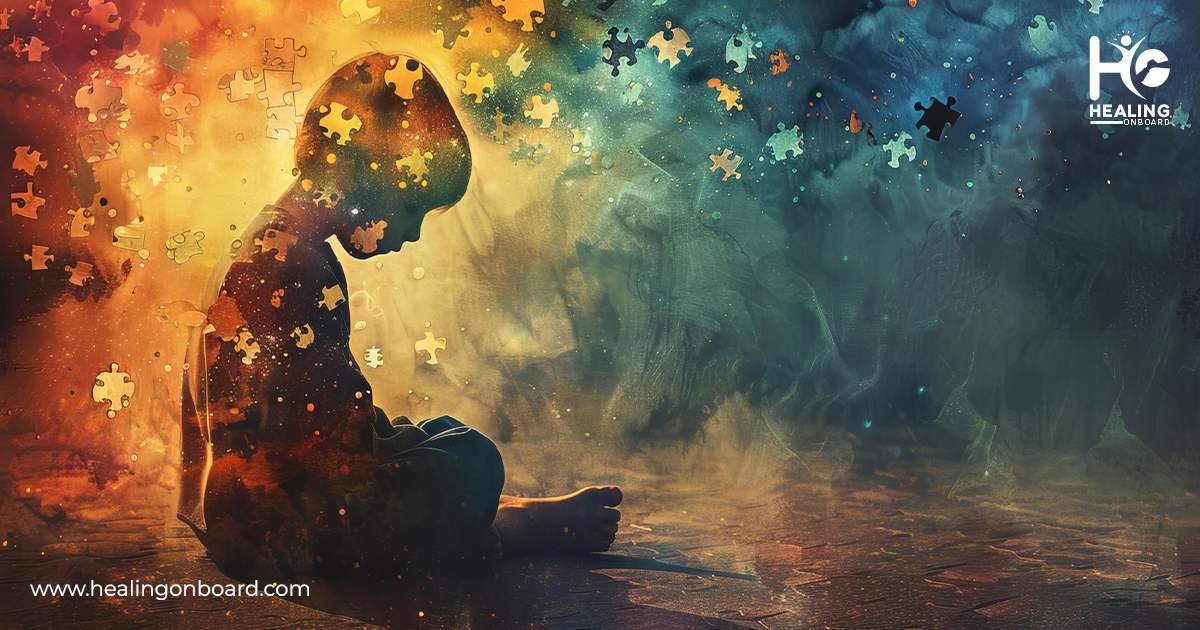
Inner child wounds are untreated hurts and untied emotional knots caused by childhood experiences, such as neglect or abandonment; emotional abuse; or situations in life that could seem on the surface to have no injury attached to it, even though a sensitive child could experience them and negatively interpret them. Their impact can be fierce, changing adult behaviour patterns, relationships, and mental health.
The usual kinds of inner child wounds are:
- Abandonment Wound: The feeling of being deserted or abandoned.
- Guilt Wound: The sensation of responsibility concerning the feelings or actions of others.
- Neglect Wound: Low self-esteem arising from a dearth of attention or affection.
- Trust Wound: Trouble trusting others after betrayal or inconsistency in caregivers.
The common inner child triggers need to be recognized for someone to understand the causes of how experiences occurred in the past to affect their emotional response today.
Common Triggers For Inner Child Wounds
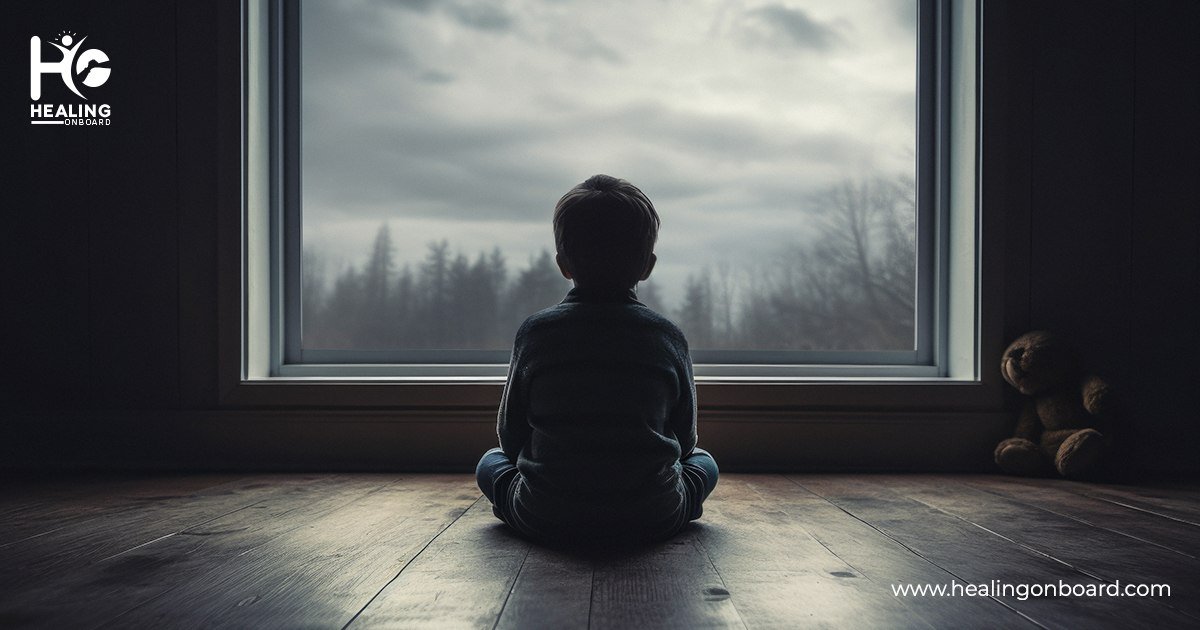
1. Emotional Flashbacks
Emotional flashbacks occur when a person is subjected to something or treated in a way that reminds them strongly of their traumatic events.
For example, a partner’s criticism may arouse feelings of shame or inadequacy that were present during the childhood days spent being belittled. Such responses are usually overwhelming and disproportionate to the situation.
2. Abandonment Fears
Abandonment feelings are triggered by situations, such as a cancelled outing by friends or a partner being unavailable at the right time, thus triggering deeply buried fears that surfaced due to an abandonment wound.
Their reaction to such a situation may be when they become clingy or excessively anxious in relationships due to fear of once again being left alone.
3. Avoidance of Conflict
Many are avoiders of conflict at all costs if they have unhealed inner child wounds. Sometimes, this is a result of their childhood where they realized that to avoid the pain or instability, the only choice they had was not to speak up and resolve the conflicts. Thus, most end up in unhealthy relationships and have the same problems come over and over again.
4. Criticism sensitivity
A person who suffers from inner child wounds is easily offended. Criticism during work or even in the family would trigger feelings of worthlessness and helplessness, based on earlier histories when they were not liked for who they were. Such sensitivity would cause them to be defensive or avoid social interaction.
5. Emotions of Guilt
People who have guilt wounds can be extremely guilty of others’ negative emotions or frustration.
Such people may end up feeling responsible for others’ feelings and avoid their self-defined needs. Normally, this leads to unhealthy relationships where personal boundaries are not maintained.
6. Triggers of Low Self-Esteem
Activations resulting from low self-esteem share a common root with those situations where a person feels that they are being evaluated or compared.
This might be having the feeling of being stagnant as if one’s peers succeed while one stagnates, thereby eliciting activation of feelings of inadequacy from neglect and lack of validation at a tender age.
7. Intimacy Issues
For many, unresolved inner child hurts create the inability to enjoy intimacy through the associated fear of betrayal and rejection.
Vulnerable situations like emotional expression to the partner can be so anxiety-provoking and lead to avoidance for people.
8. Overwhelmed
It may even trigger chaos within and thus provoke the feeling of being overwhelmed coupled with the early life experience of chaotic upheaval.
It can even come on in the form of an anxiety attack or emotional reversion upon contact with stressors that remind them of their past.
9. Social Situations
For those with inner child wounds of abandonment and rejection, gatherings can often prove highly triggering. The feelings of not belonging or being judged by others can lead to a complete withdrawal from social life.
10. Parental Dynamics
Interactions with authority figures could then act as the catalyst for unresolved emotions related to earlier interactions and dynamics between parents and the individual who experienced them during childhood.
For example, a boss’s criticism may stir up memories of strict parenting that curtailed self-expression.
How Unhealed Inner Child Wounds Affect Life As an Adult
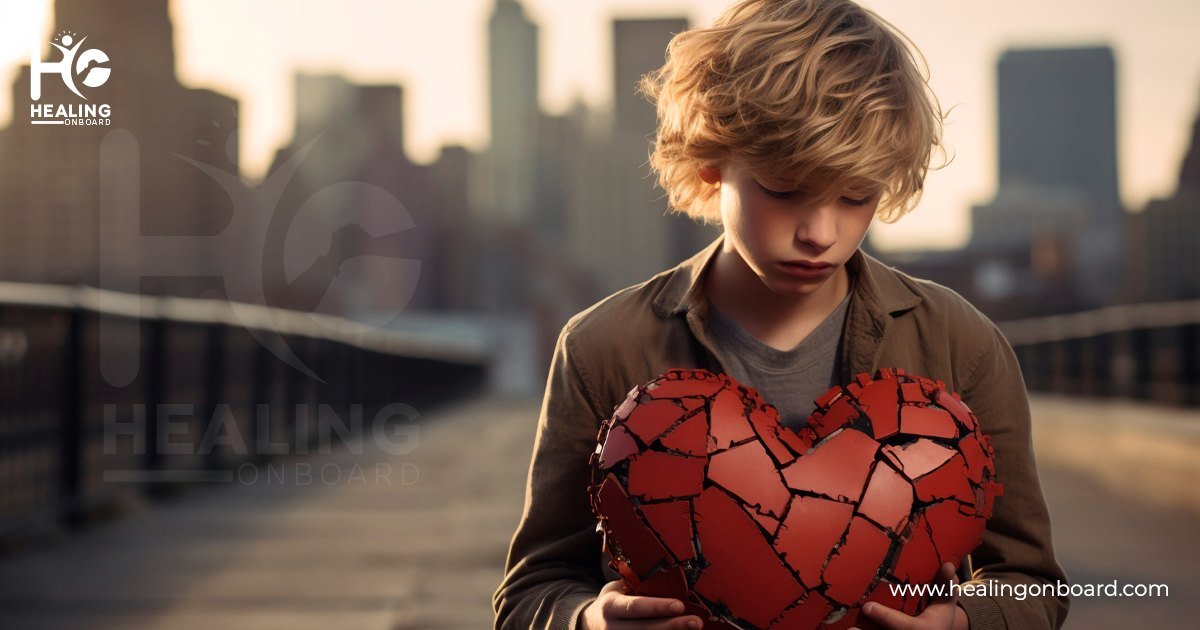
Impact on adult life: The wounds of the inner child, not healed, influence many other spheres of adult life, even beyond emotional response.
1. Relationship Troubles
Most inner child wounds don’t heal; they come out as difficulties in relationships, either in the development or the sustenance of a healthy relationship.
They often find themselves repeating patterns that reflect some aspect of their childhood experiences instance, selecting partners who seek to replicate past traumas.
2. Mental Health Issues
The inner child’s unhealed wound can give rise to mental illnesses such as anxiety or depression, and a low self-esteem profile.
This is usually the result of the chronic struggle to deal with unchecked emotions.
3. Self-Sabotage
Many adults act out their self-sabotaging mechanisms in trying to cope with unresolved inner child wounds.
Examples may include procrastination, substance use or abuse, or the selection of bad relationships that reinforce negative self-beliefs.
4. Difficulty Regulating Emotions
Unhealed wounds of the inner child prevent proper skills in the regulation of emotion, making the person feel emotionally overwhelmed even at minimal levels of stressors. It can get out of hand and assault people with emotions that just overwhelm them.
Healing Strategies For Your Inner Child Innovative
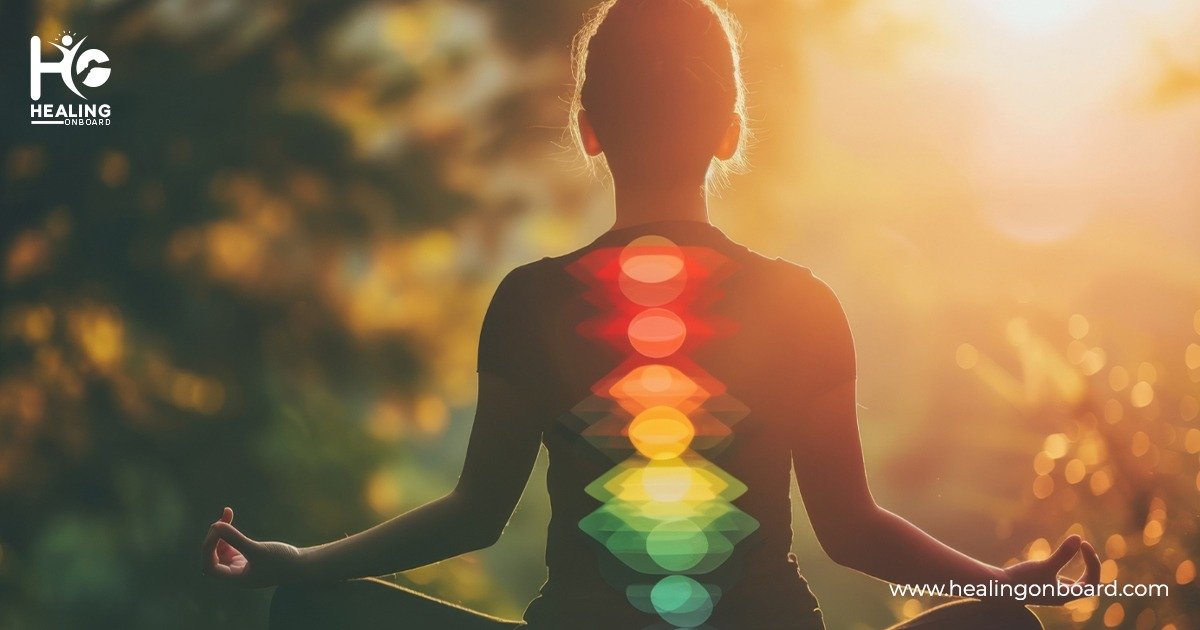
One major step towards healing the inner child’s wounds would be to understand the root causes that have led to those.
Some of the innovative ways that can help in nurturing your inner child and healing:
1. Art Therapy as an Expressive Mode
Art therapy allows one to say what they want without being hindered by the word barrier. Maybe works like painting, drawing, or sculpting something that exposes pent-up emotions involving the inner child help you put your feelings into words better.
2. Mindful Movement Practices
Practising yoga, dance therapy, and tai chi can help you restore your mind and body to a connection with yourself and your emotions.
They allow you to achieve relaxation and mindfulness through self-awareness, providing a safe space where you can work through the emotions associated with your inner child.
3. Storytelling and Narrative Therapy
The writing of a life story through the facilitation of narrative therapy allows you to give different meanings to past experiences and thus obtain perspective on your journey.
Exploring childhood experiences by telling stories can help identify patterns and triggers while showing empathy toward your younger self.
4. Nature Therapy (Ecotherapy)
Spending time in nature helps to drive down levels of stress and the associated distress rates linked to mental disorders.
Nature therapy, thus calls people to connect with nature while they heal themselves in mindfulness activities like forest bathing or hiking.
5. Guided Visualizations Technique
Using guided visualization exercises helps you to tap into your inner child in a much deeper way by providing a safe mental space from which you can converse directly with them. The process therefore encourages understanding and compassion between your adult and your wounded inner child.
6. Establishing Self-Care Rituals
Self-care rituals can be designed to ensure your inner child receives the nourishment it needs in due time. This may include setting aside time every week to do hobbies one engaged in when still a kid or perhaps making daily affirmations centred on love for self, strengthening all connections with yourself.
7. Attending Group Support Sessions
By participating in inner child healing support groups, they share their experiences while learning about others’ journeys toward recovery, fostering community support and connection during the healing process.
Frequently Asked Questions (FAQs)
Here is a detailed guide to recognizing Common Triggers for Inner Child Wounds, understanding their impact, and adopting effective healing strategies.
1. Who Can Benefit From Inner Child Healing?
Inner child work benefits everyone, regardless of the intensity of childhood trauma experienced. It is a powerful tool for discovering, improving, and healing oneself.
2. How To Reconnect Inner Child?
Connect with your inner child by acknowledging its presence in the first place, and validate its experiences and meet all emotional needs through creative expression, play, and self-care.
3. How Long Does It Take To Heal The Inner Child?
The healing process varies from person to person, depending on several factors, including how deep those wounds are and how completely that person is willing to commit to the healing process. It’s a journey, not a destination.
4. Is Inner Child Work Appropriate For Children or Only For Adults?
Inner-child work is not specifically limited to adults, though. Children also benefit much if trauma or emotional challenges are under their process, and age-appropriate inner-child work methods are used.
Conclusion
Understanding what triggers inner child wounds is a really important part of personal development for those looking for emotional healing.
Recognizing these triggers and acting proactively in nurturing your inner child will help in creating positive relationships both with oneself and others, as well as breaking free from patterns that arise from past trauma.
Healing is time-consuming, especially patience, compassion, and commitment to understanding the roots of the emotional response and behaviour all originating in childhood experiences.
It’s never too late to reconnect with that little child inside and provide what that little one once deserved-welcome into your heart and love.
